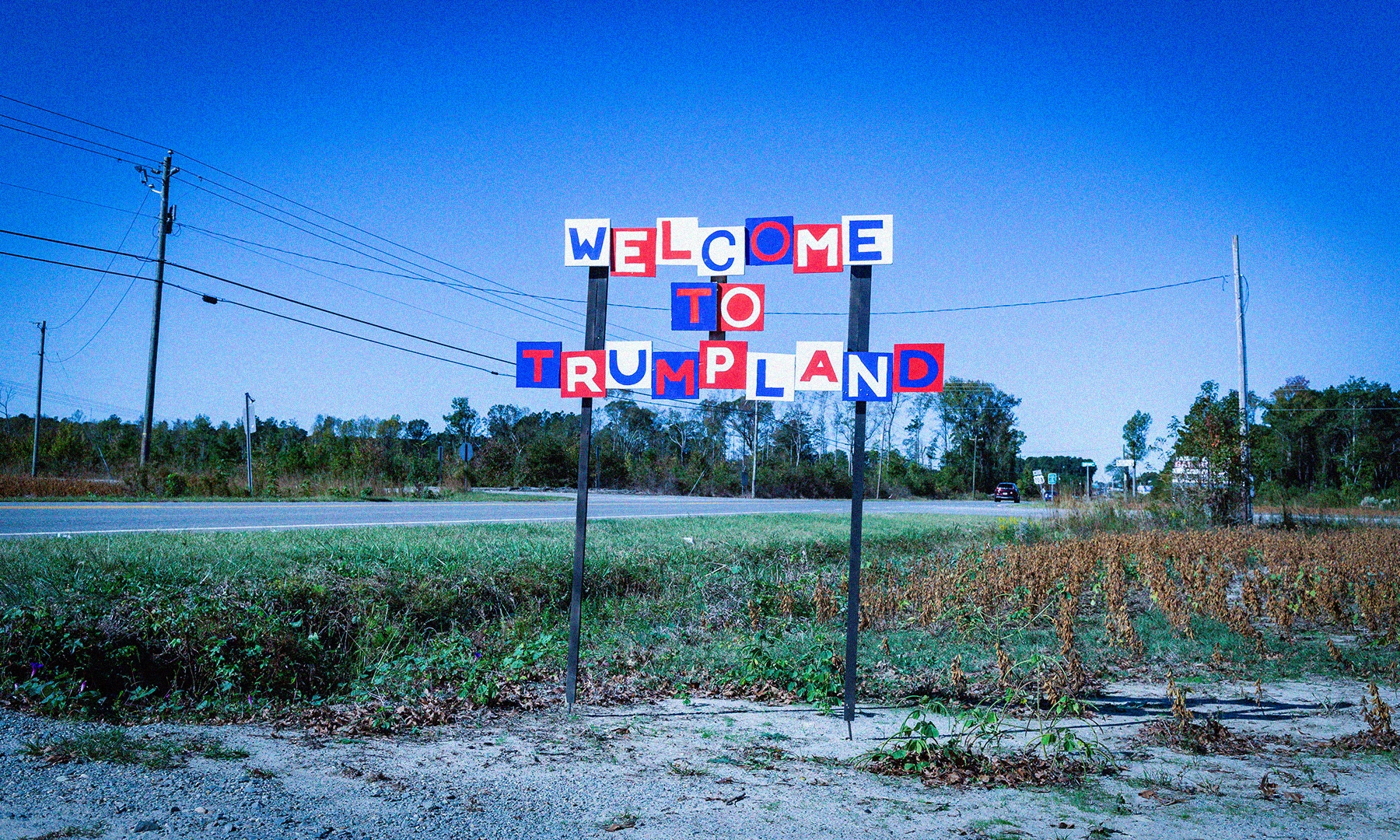News & Commentary
Our publications are available to all at no cost. Please support the CCPA and help make important research and ideas available to everyone. Make a donation today.

Tony Clarke’s life was an inspiration to all who seek to build a better world
Tony Clarke was an extraordinary human being. He was an intellectual, a policy wonk, and most of all, a formidable activist for social, economic, and…

Canada’s GST tax holiday won’t do much for affordability
The following article is based on speaking notes from a presentation which the author gave to the Senate Committee on National Finance. The video of…

What’s going on with Quebec’s latest secularism scandal?
Imagine sending your child to school only to find them caught in a political firestorm. That’s the reality for families at Bedford Elementary in Montreal,…

Trump crashes Canada’s Trans Pacific Partnership party
The federal government put on a brave face for last week’s Trans-Pacific Partnership (TPP) Commission meeting in Vancouver. Prior to the November 27-28 gathering, Trade…

Canada’s international student program engineers inequality
The International Student Program in Canada has long created challenging conditions for international students—they pay higher tuition fees than domestic students, have restricted access to…

Canadian immigration policy is an impenetrable maze—and I’m trapped in it
On October 10, I received a short text message from Iran: “Uncle Reza passed away. I hope his memory lives on forever.” I didn’t know…

What the U.S. election can teach us about durable climate policy
The following is a re-print of the October 2024 edition of Shift Storm, the CCPA’s monthly newsletter which focuses on the intersection of work and…

COP29 was a missed opportunity in escalating climate crisis
The COP29 Climate Summit in Baku, Azerbaijan, wrapped up last weekend. COP or Conference of the Parties, brings together countries which have ratified the 1992…

Trump’s tariff threat is about borders, not trade
Late Monday night, U.S. President-elect Donald Trump used his Truth Social platform to announce he would impose across-the-board 25 per cent tariffs on Canada and Mexico on…

Canada is not ready for a collapse of the oil sands
Our content is fiercely open source and we never paywall our website. The support of our community makes this possible.

Why Canada Post workers are on strike
On the morning of November 15, 55,000 postal workers—members of the Canadian Union of Postal Workers (CUPW)— walked off the job. It’s the latest in…
Updates from the CCPA
Read the latest research, analysis and commentary on issues that matter to you.
CCPA Updates